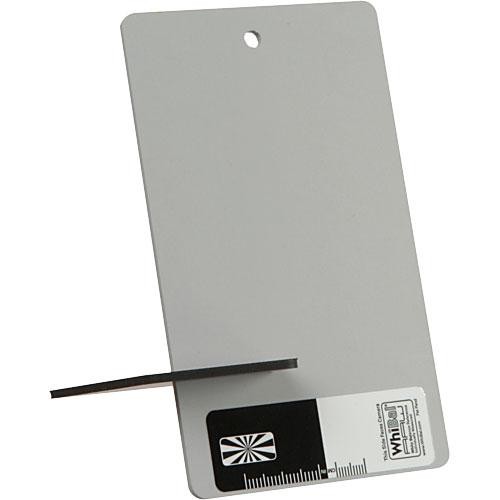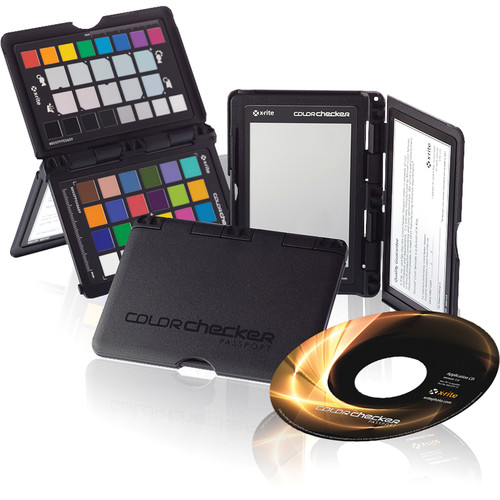Hi, John,
Ahhhhh....seems I'll gain an education along with Cody!
Question - if an LCD display, or it's graphics card or chipset lacks the ability to allow for individual RGB adjustments, then the display cannot be either calibrated nor profiled - correct?
Not so on either front.
Let me first review the overall situation here.
We are concerned with two matters:
Calibration of the display chain
Here, we aspire to make the display chain (comprising the display driver, the graphics card, and the monitor itself) exhibit in its own right a standard color space, perhaps sRGB.
In reality, this objective is not usually precisely attainable (which is, in fact, why we need the next stage, profiling).
Profiling of the display chain
Here, we develop a precise description of the color space actually exhibited by our
already calibrated display chain.
This will then be used by profile-aware applications to transform the colors in an image from the display space in which they (ostensibly) are recorded to the color space of our (calibrated) display space.
Actually, to be more precise, the application first (at least conceptually) transforms the color from the existing color space to a certain standard color space (based on the profile for the source color space) and then from that color space to the color space actually exhibited by our display chain (based on its profile).
Back to calibration
Now let me return to the calibration aspect of this. The color space exhibited by a display chain is affected by several things, notably:
• The actual current physical situation of the monitor.
• The settings of user controls on the monitor, including (as applicable) color temperature or white point preset, channel bias and or gain, and so forth.
• The population of the lookup tables (LUT) in the display card. These tables define, pointwise, a transfer function from the digital description of an image color to the digital input to the display mechanism itself (perhaps to the digital-to-analog converter that develops the monitor channel drive voltages).
The calibration process is done by a package that includes a colorimeter to measure the color emitted by the display screen and a software package that administers a test protocol, analyzes the result, and finally develops a suite of values for the LUT (and implants them in the LUT, and arranges for them to be re-implanted whenever the system restarts).
This rig can usually do this regardless of the current physical state of the monitor and the current state of the user controls. (They merely influence the nature of the "subject of the exercise" as it shows up for the calibration process.)
However, often the process works best if the user controls are set (perhaps arbitrarily) to certain values. Thus, if our monitor has separate RGB controls (perhaps both bias and gain for each channel, or maybe only one of those), we may be instructed to set them to some arbitrary values before proceeding with the calibration protocol itself.
Or, in some cases, the calibration suite will lead us through a preliminary exercise to set these to the most advantageous place.
But in any case, after that is done (or if it cannot be done), the calibration suite takes the monitor,
as it now lays, and seeks to develop a suite of LUT values so that the color space exhibited by the display chain when the LUT is repopulated will be as close as possible to the target color space (again, often sRGB).
Back to profiling
Then, all that having happened, the suite moves on to the profiling phase, developing a precise description of the display chain
as the whole thing now lays (with the LUT repopulated).
Neat, wot!
Best regards,
Doug




